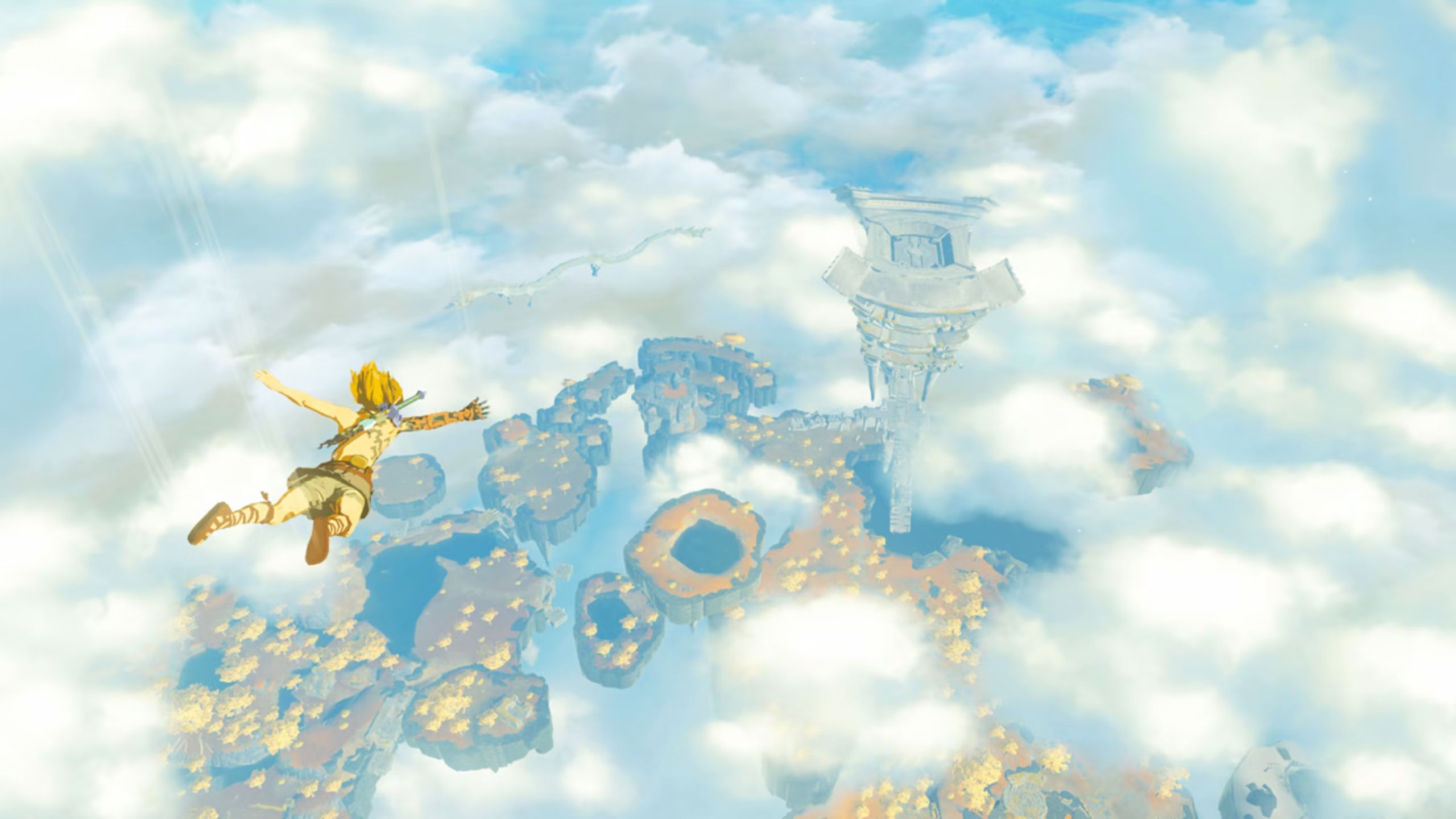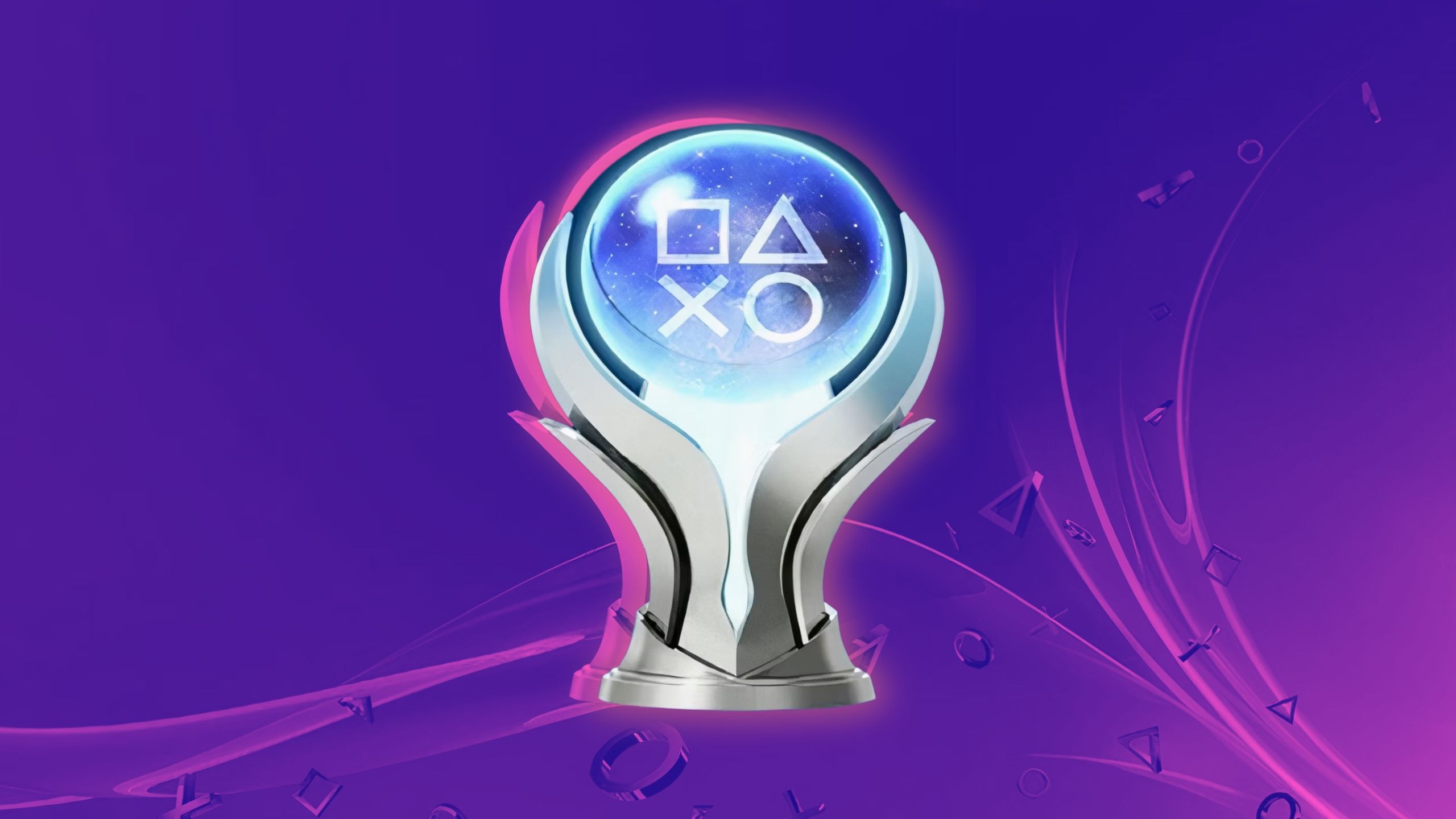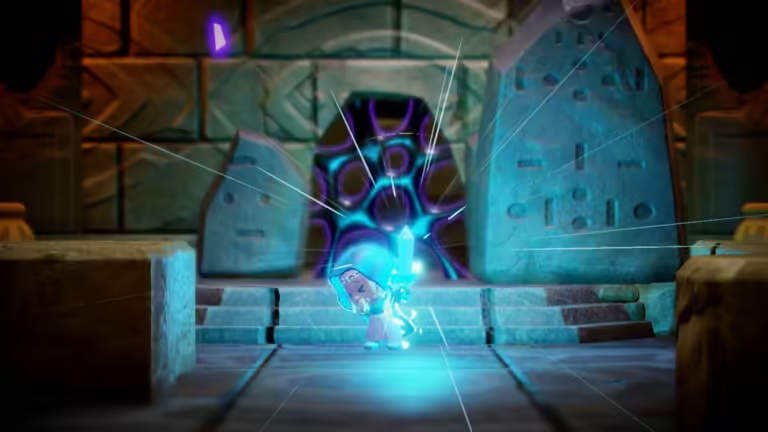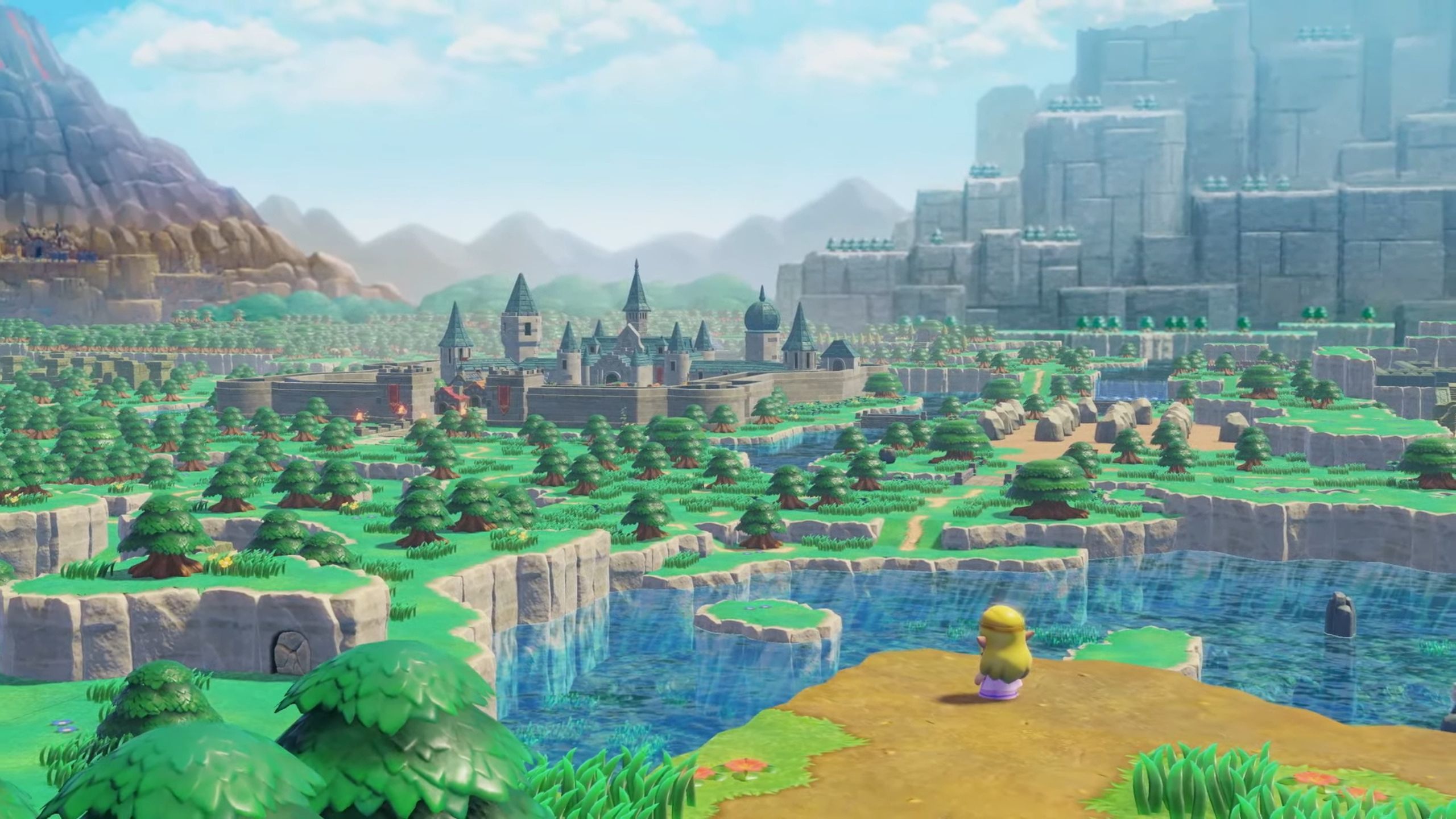Key Takeaways
- New Zelda trailer shows off new regions, abilities, bosses and characters.
- The game’s “Still World” offers a unique area with nonsensical terrain for creative problem solving.
- Combat in Echoes of Wisdom offers a variety of options, including the use of objects and magical swords, enhancing player engagement.
Nintendo has released the brand New Trailer for The Legend of Zelda: Echoes of Wisdom It’s a trailer showcasing a ton of new features and mechanics. The trailer, titled “Traversing the Still World,” includes information on the new region called the Still World, as well as abilities, bosses, and characters. I’ve always been interested in a new 2D Zelda game, especially a first one featuring Zelda, but I have to admit I was skeptical about whether the new mechanics would suit me.
The latest “Traversing the Still Worlds” trailer has completely changed my perspective on this game. Everything detailed in this trailer has eased all my hesitations about this game and even more, bringing this game back to the top for me. Most Anticipated Games list.

Related
Do you prefer 2D or 3D Zelda games?
For those of you old enough to remember, Zelda games used to be entirely 2D. From the NES to the N64, we controlled Link as he oversaw various quests, mowing down bad guys and defeating Ganon using a variety of items and magic. But that all changed with Ocarina of Time. This legendary title is still considered one of the best and most influential games of all time, but it wasn’t the end of classic 2D games. Nintendo managed to keep both styles of Link alive, just like we still get new 2D and 3D Mario games (which we could debate another day). On the Switch alone, we’ve had the two biggest 3D games, Breath of the Wild and Tears of the Kingdom, but we also have a full remake of Link’s Awakening on the Game Boy and the upcoming Echoes of Wisdom, which will carry the torch of 2D. Each one evolves their respective genres in completely different ways. Breath and Tears is a game that uses physics and
Not just an echo of the link
Missing Pieces
After seeing early footage of Echoes of Wisdom, it was the combination of the echo mechanic and the world that intrigued me the most. Taken individually, I like each idea; Zelda being able to create copies of any object or enemy to move and fight for her seems like a recipe for creative problem-solving that only a Nintendo game can deliver. Having been a bit overwhelmed by the possibilities of Tears of the Kingdom’s building mechanics, this slightly more limited toolset seemed more approachable to me.
The play space never seemed designed to suit the player’s toolset, or vice versa.
The world, on the other hand, looks like a classic 2D Zelda overworld: wide open, with lots of different regions and full of little secrets and towns. But when I combined the two in my head, it just didn’t seem to blend into a cohesive experience – the playspace didn’t seem designed to fit the player’s toolset or vice versa.
This latest trailer showed off some key features of the game that were kept secret until now, but honestly, it surprised us. The most important one is the Still World and its dungeons. The Still World is a new area that can be entered from various points on the ground into a custom-made area where the terrain makes no sense at all. To get through it, you will need to cleverly use echoes of both objects and enemies to navigate.
Dungeons Inn finally realizes the potential of Echo. Though basic, an example of generating wood, lighting it on fire, then moving it to light another torch is exactly the type of logic puzzle I was hoping for. If the complexity of these puzzles ramps up smoothly, they could rival the temples in Tears of the Kingdom.
As these puzzles slowly increase in complexity, they may rival the temples in Tears of the Kingdom.
I guess I wasn’t the only one who had big doubts about Echoes of Wisdom’s combat, and I’m happy to say that I finally feel like I understand how Nintendo wants us to approach it this time around. We’ve known for a while that you could spawn enemies to carry out your orders, and it certainly seemed novel, but would it remain fun across the board in a Zelda game? After all, how much fun would it be to just send another character into every battle? Thankfully, it’s not. Or rather, it’s not the only option.
Battle Options
Double-edged sword
Nintendo
Aside from mass-fighting mobs, there are a number of objects and devices you can hold to directly affect combat. Most of them are tools for ranged attacks, but there’s also the mystic sword. My first impression was that this was an admission by the developers that a Zelda game wouldn’t work without standard swordplay, and little more than an excuse. What I appreciated most when the Echoes of Wisdom announcement revealed that Zelda was the main character was that she Won’t It will just be a carbon copy of the link.
Nintendo gets around this issue by offering what is essentially the equivalent of Link Form but limiting its use in order to appeal to those who aren’t entirely sold on the Echo system: tying the sword form to the magic meter is a perfect compromise that gives players a way to get through problems faster or feel more immersed, but doesn’t negate the new mechanics the game is based around.
For now, we’ll have to wait until the game launches on September 26th to find out if this is true, but we’re confident that Echoes of Wisdom will be worthy of the series’ tradition.

Related
Should Nintendo implement a trophy/achievement system on the Switch 2?
It’s amazing to think that achievements have been around since 2005. Xbox introduced the concept of completing in-game tasks to contribute to a “leadership” across gamers, and it quickly became addictive. Past games had a similar idea of unlocking new characters, costumes, modes, etc. by completing various challenges, but achievements were different. Achievements were something everyone could see as a badge of honor, or proof of overall achievement in the game. PlayStation realized the potential and shortly thereafter created its own version, Trophies, with its own twist. Trophies were categorized by rarity rather than contributing to a total number, and the coveted Platinum was reserved for players dedicated enough to earn all the other trophies. Nintendo, on the other hand, has never entertained the idea of an achievement or trophy system. The Wii could never retroactively add something like that like the PS3 could, but neither the WiiU nor the Switch give players any form of sense of accomplishment.


